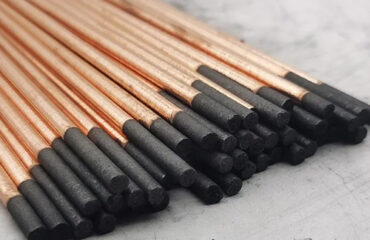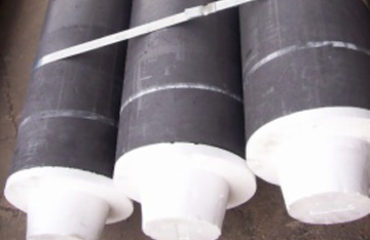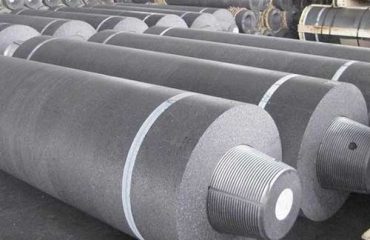Even if every graphite electrode is the most advanced equipment and has the optimal control system, it still needs to operate according to the production conditions and the actual situation. Therefore, people have been committed to the optimization of the production efficiency of graphite electrode. Graphite electrode steelmaking has developed from a low-cost smelting method which can only produce a small amount of commercial grade steel to a smelting technology which can produce various grades and quality steel and develops continuously. There are also Xi’an induction ring, Xi’an graphite electrode accessories, Xi’an graphite electrode equipment and so on. Just like every steel-making plant is different – each graphite electrode is different to adapt to specific production conditions, such as transportation conditions and power conditions. Operators are designed to meet specific process standards, so they use their own production methods to adapt to local or market conditions.
This does not mean that there is no prospect for graphite electrode steelmaking. On the contrary, graphite electrode designers have developed a variety of graphite electrodes to improve graphite electrode steelmaking, many of which have been installed or operated. Charging control of furnace charge (scrap, DRI, hot metal) cost may be the biggest factor in the cost change of graphite electrode steelmaking. Therefore, many graphite electrode producers, in addition to obtaining a certain product quality, also in order to find the best production cost, change the charging mode alternately. Danieli developed a feeding model for stainless steel smelting with graphite electrode, which estimated that raw materials accounted for more than 80% of the production cost.
Danieli’s LCC model aims to optimize graphite electrode charging by considering the production method, influencing factors and limiting conditions including raw materials, time and scrap stock needed for each furnace. According to the total amount of scrap, ferroalloy, residual molten steel in the furnace and returned molten steel (if any), the model takes each furnace charge as the calculation factor, and provides different calculation modes and functions. EAF process and BOF technology as long as the first furnace is filled with molten iron, the top oxygen gun immediately begins to blow oxygen to decarbonize molten steel. After the decarbonization stage is completed, quickly raise the oxygen gun and exit the furnace, and the electrode is immediately in place. Power on and add DRI cold material continuously. The second stage is carried out in the first furnace, while the second furnace is in the refining stage. Therefore, adjust the electrode position for the second furnace, and the first furnace can be tapped after refining.



